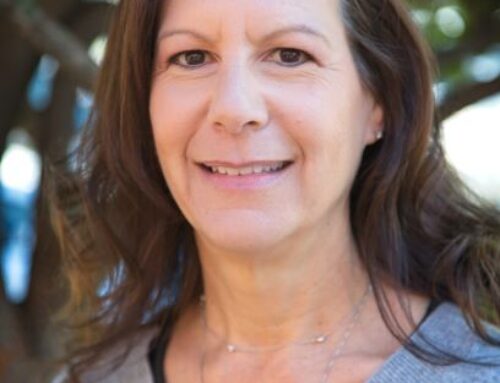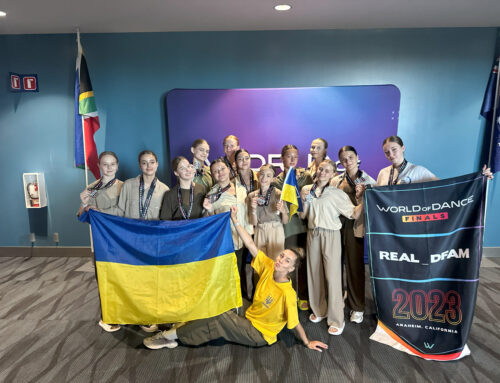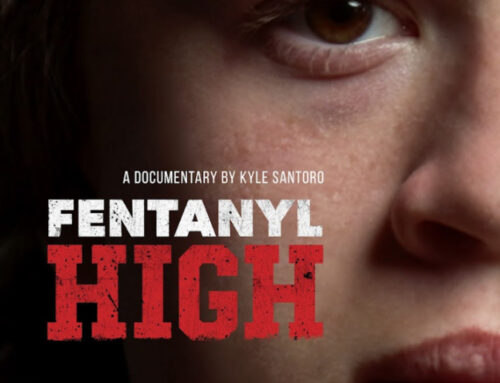104 South Valley student projects demonstrate scientific method knowledge
Published in the January 17 – 30, 2018 issue of Morgan Hill Life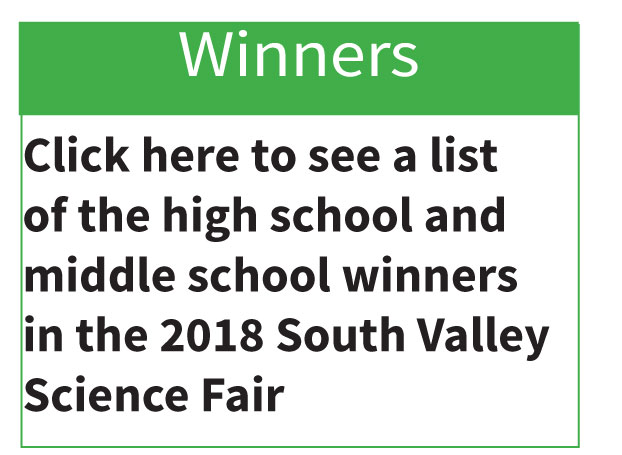
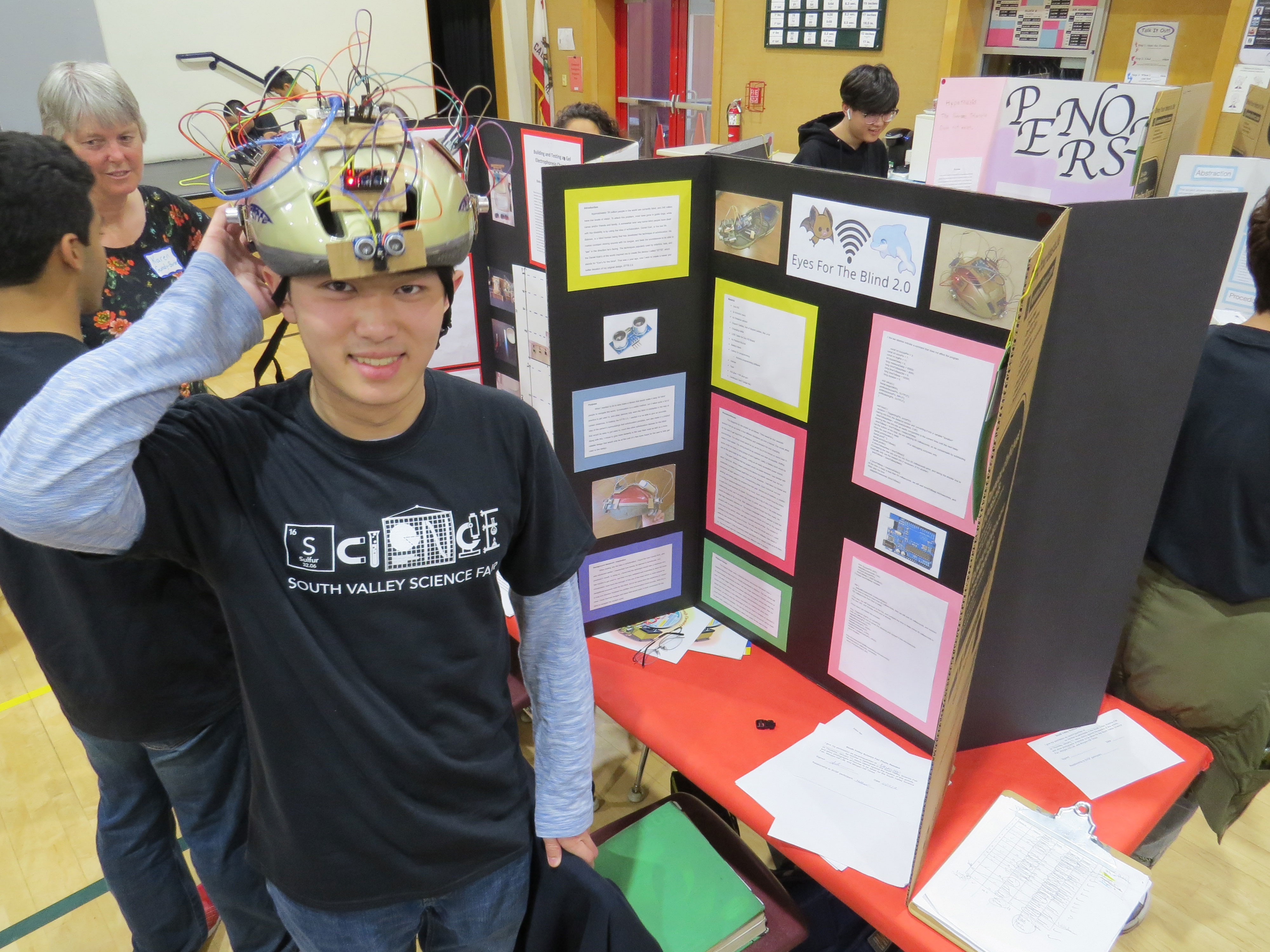
Photo by Marty Cheek
Oakwood High School student Ethan Ngo adjusts his engineering project that helps the blind to navigate through an environment using sound.
Ethan Ngo proved himself a true engineering buff at the 2018 South Valley Science Fair. He showed off his project called “Eyes for the Blind 2.0.” He hopes it might evolve one day to enable blind people to walk around a house or even city without bumping into objects.
The Oakwood High School junior placed the odd-looking contraption on his head and demonstrated the unique technology. A traditional bicycle helmet was attached on the top a computer board that controls four sonar-based distance finders positioned around the perimeter.
“The way it works is that the closer the person gets to an object, the higher the frequency is. So you’re going to hear a continuous beeping, and the closer a person gets to something, the faster the beeping will get,” he said. “So the person can know whether it’s long distance or a short distance before they bump into something.”
Ngo’s engineering category entry was one of 104 projects shown at the Jan. 11 science fair held at the Oakwood School gym in Morgan Hill. Judges with professional and academic expertise in physics, chemistry, biology, behavioral science, and computer science/math/engineering roamed the aisles and examined the students’ projects, latter chatting with the budding young scientists about what they learned about the scientific methods. In addition to Oakwood, schools represented by students at the fair included Britton and Martin Murphy middle schools. Schools in the Gilroy Unified School District were invited to participate in this year’s science fair but no students entered.

Photo by Marty Cheek
Adam Meyberg, right, a 7th grader at Martin Murphy Middle School shows Oakwood 8th grader Aiden Huang his second-place winning Donut Cone, which prevents melting ice cream from getting all over your hands.
Micah Konold, a 10th grader at Oakwood High School, showed off her behavioral science project titled “The Effects of Miraculin on Tastebuds.” It described how the sugar substitute made from a West Africa-grown berry can trick the brain to think sour foods are sweet. This was Konold’s first science fair and she enjoyed the process of discovery through experimentation.
“Without science, we wouldn’t have modern medicine. We wouldn’t have technology. We wouldn’t have most of the stuff we have today. Without science, we really wouldn’t be able to move forward as a civilization,” she said. “People probably way back wouldn’t think there could possibly be a smart phone or a TV, and yet those things are so key to our civilization now thanks to science.”
Kanchan Dilip, a parent at Oakwood who served on the science fair’s committee, said the event gives students an opportunity to indulge in their curiosity of the world and learn how to use scientific method’s tools to determine the facts of a phenomenon.
“It’s important for students to learn to analyze something critically, come up with statistics, figures that tell you that, yes, this is significant,” she said. “Teachers can help them out in working on their science fair project so they can better understand the scientific method.”
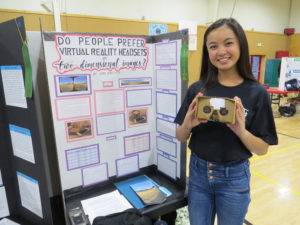
“It’s about exchanging ideas and they learn a lot more,” she said.
Patty Crone, the sixth-through-twelfth grade principal at Oakwood School, also served on the fair’s organization committee. Other committee members were Susan Old-ham-Fritts and Heidi Strahm Black.
The Morgan Hill Chamber of Commerce decided last year not to sponsor the fair, Crone said. She and others fair organizers decided to continue the tradition. They expanded it to include all of South Valley, enabling Gilroy students to join in the fun of science exploration.
“The big thing for me is to make sure that every child has an opportunity if they so desire to participate in something like this, because it’s so different from anything else that they have a chance to do,” she said. “If you walk around and listen to these kids talk about what they’ve done, it’s just inspiring.”

Oakwood High School student Robert Walker also encourages students from throughout the South Valley to get involved in next year’s science fair. He had fun building his engineering project, called “A Working Super Computer” made up of three desktops linked together over a LAN that calculated complex equations in a flash.
“This is a fantastic opportunity for stuff like this because it’s a passion of mine to build something with more of a purpose and for a specialized application,” he said. “And the fair gives people a chance to get feedback and showoff their projects and feel proud of what they’ve done.”


